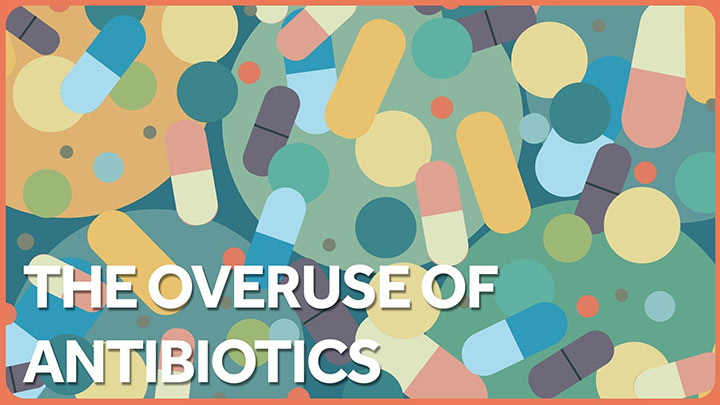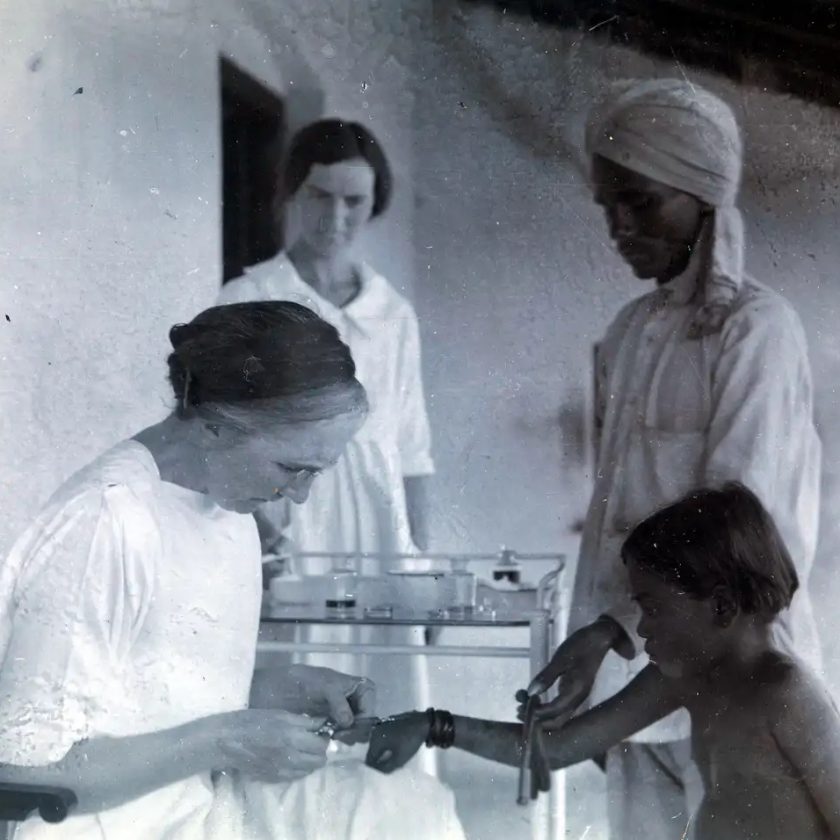Antibiotic overuse contributes to the problems of antibiotic resistance and healthcare acquired infections, such as Clostridium difficile. Antibiotic stewardship programs improve patient outcomes, reduce antimicrobial resistance, and save money. These programs are designed to ensure patients receive the right antibiotic, at the right dose, at the right time, and for the right duration.
Clinicians need to understand the proper role of antibiotics in patients with pressure injuries (PIs) so optimal benefits are achieved. Here are a few considerations to keep in mind.
First steps
Before starting an antibiotic, culture the PI and use the results to choose the appropriate drug. Debride devitalized tissue to decrease bacterial growth. Support the patient by addressing nutritional deficits, stabilizing glycemic control, improving arterial blood flow, and reducing immunosuppressant therapy, if possible. These actions will enhance antibiotic response and wound healing.
Role of antiseptics
Antiseptics are agents that inhibit or destroy the development and growth of microorganisms in or on living tissue. These agents have multiple targets and a broad spectrum of activity that includes bacteria, fungi, viruses, protozoa, and even prions.
Antiseptics may be considered when PIs are not expected to heal, but clinicians want to control bacterial bioburden. Consider nontoxic topical antiseptics at the appropriate strength for a limited time until bioburden is controlled.
Commonly used antiseptics for PIs are iodine compounds (slow-release cadexomer iodine); silver compounds, including silver sulfadiazine; polyhexanide and polyaminopropyl biguanide; chlorhexidine; sodium hypochlorite; and acetic acid. Discontinue the antiseptic once the PI is clean and the surrounding inflammation is reduced.
Role of topical antibiotics
The use of topical antibiotics for a locally infected PI is limited because of side effects, resistance, and hypersensitivity reactions. However, a short (2-week) course of topical antibiotics may be considered in the following situations:
- The PI is not healing despite proper wound management.
- The PI appears clean, but continues to have a bacterial bioburden. After the bioburden has decreased, discontinue the topical antibiotic. Silver and honey dressings are an option for PIs infected with multiple organisms because they offer broad antimicrobial coverage. Silver sulfadiazine may be helpful for heavily contaminated or infected PIs.
Ensure the patient is not allergic to honey or has silver or sulfur sensitivities. Silver may has toxic properties, so limit the length of time it’s used.
Role of systemic antibiotics
Systemic antibiotics are indicated for managing PIs with evidence of systemic infection, such as positive blood cultures, systemic inflammatory response syndrome, sepsis, advancing cellulitis, fasciitis, or osteomyelitis. In the presence of ischemic tissue, topical antibiotics may be used in conjunction with systemic antibiotics.
Unlike topically applied agents, systemic antibiotics can reach the base of the infected tissue. Antibiotics should be chosen based on confirmed antibiotic susceptibilities of the known pathogens. For life-threatening infections, empiric antibiotics should be based on local antimicrobial susceptibility patterns and reevaluated when definitive cultures become available.
Grossly infected or abscessed PIs should be drained and debrided to treat related sepsis or advancing cellulitis before starting systemic antibiotics.
Appropriate intervention
Infected PIs can lead to sepsis. If used appropriately, antiseptics and antibiotics can help reduce the risk of sepsis and antibiotic resistance.
Jeri Lundgren is the president of Senior Providers Resource in Cape Coral, Florida. She can be contacted at [email protected].
Selected references
Centers for Disease Control and Prevention. Why Inpatient Stewardship?. 2010.
National Pressure Ulcer Advisory Panel, European Pressure Ulcer Advisory Panel and Pan Pacific Pressure Ulcer Injury Alliance. Prevention and Treatment of Pressure Ulcers: Clinical Practice Guideline. Emily Haesler, ed. Osborne Park, Western Australia: Cambridge Media; 2014.
Wound Ostomy and Continence Nurses Society. Guideline for Prevention and Management of Pressure Ulcers (Injuries). Mount Laurel, NJ: Wound, Ostomy, and Continence Nurses Society; 2016.







